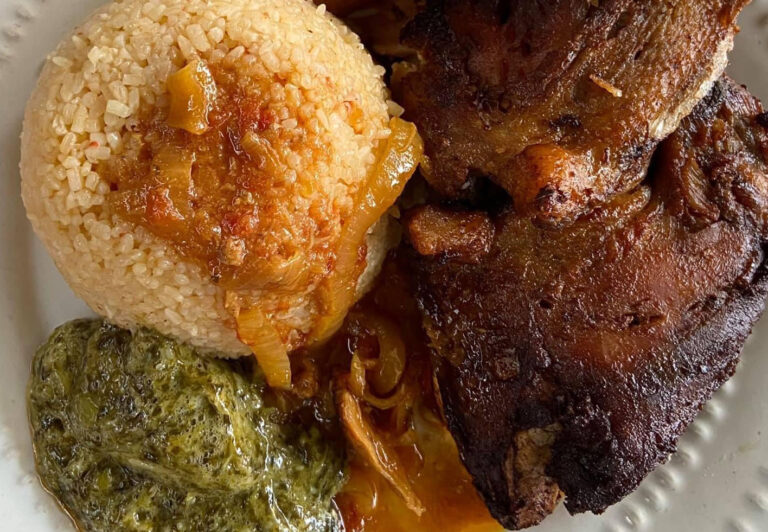Introduction: Exploring Guinea-Bissau Cuisine
Cuisine plays an important role in defining a country’s cultural identity, and Guinea-Bissau’s cuisine is a fusion of African and Portuguese flavors, reflecting its colonial history. The country, located in West Africa, is known for its vibrant seafood dishes, which are a significant part of its cuisine.
Seafood in Guinea-Bissau: A Historical Overview
Guinea-Bissau has a long history of fishing, and seafood is an essential part of the country’s culinary heritage. From the rivers and estuaries to the Atlantic coast, the region is rich in seafood, including fish, crab, lobster, and shrimp. Portuguese colonizers introduced new fishing techniques, such as trawling, which expanded the seafood industry in Guinea-Bissau.
The Role of Seafood in Traditional Bissau-Guinean Meals
Seafood is a significant part of Bissau-Guinean meals, and it is often served with rice, vegetables, and spices. Traditional dishes like Caldo de Peixe (fish soup), Xerém com Djagacida (shrimp and maize porridge), and Amilá (groundnut stew with fish) are popular and reflect the country’s rich culinary heritage. Fish and seafood are also essential ingredients in condiments such as Sossego (chili sauce) and N’tomik (peanut sauce).
Popular Seafood Dishes in Guinea-Bissau: A Culinary Journey
Seafood dishes in Guinea-Bissau are diverse and reflect the country’s regional and cultural influences. In coastal regions, grilled fish and seafood stews are popular, while inland regions feature dishes like Maffi Tiga (rice with fish and vegetables) and Wassa Wassa (rice with dried fish and okra). Other popular dishes include Caril de Camarão (shrimp curry) and Arroz de Marisco (seafood rice).
Challenges Facing the Seafood Industry in Guinea-Bissau
Despite its rich seafood heritage, the industry in Guinea-Bissau faces significant challenges, including overfishing, climate change, pollution, and limited infrastructure. These challenges have negatively impacted the country’s fishing industry and threaten the cultural identity of the region.
Conclusion: The Significance of Seafood in Guinea-Bissau’s Cultural Identity
Seafood is a prominent part of Guinea-Bissau’s cuisine and cultural identity. It reflects the country’s history, geography, and regional influences. Despite the challenges facing the seafood industry, its significance to the country’s culinary heritage cannot be overstated. As Guinea-Bissau continues to develop, it must find ways to preserve its rich seafood heritage and ensure that future generations can enjoy its diverse and delicious cuisine.

